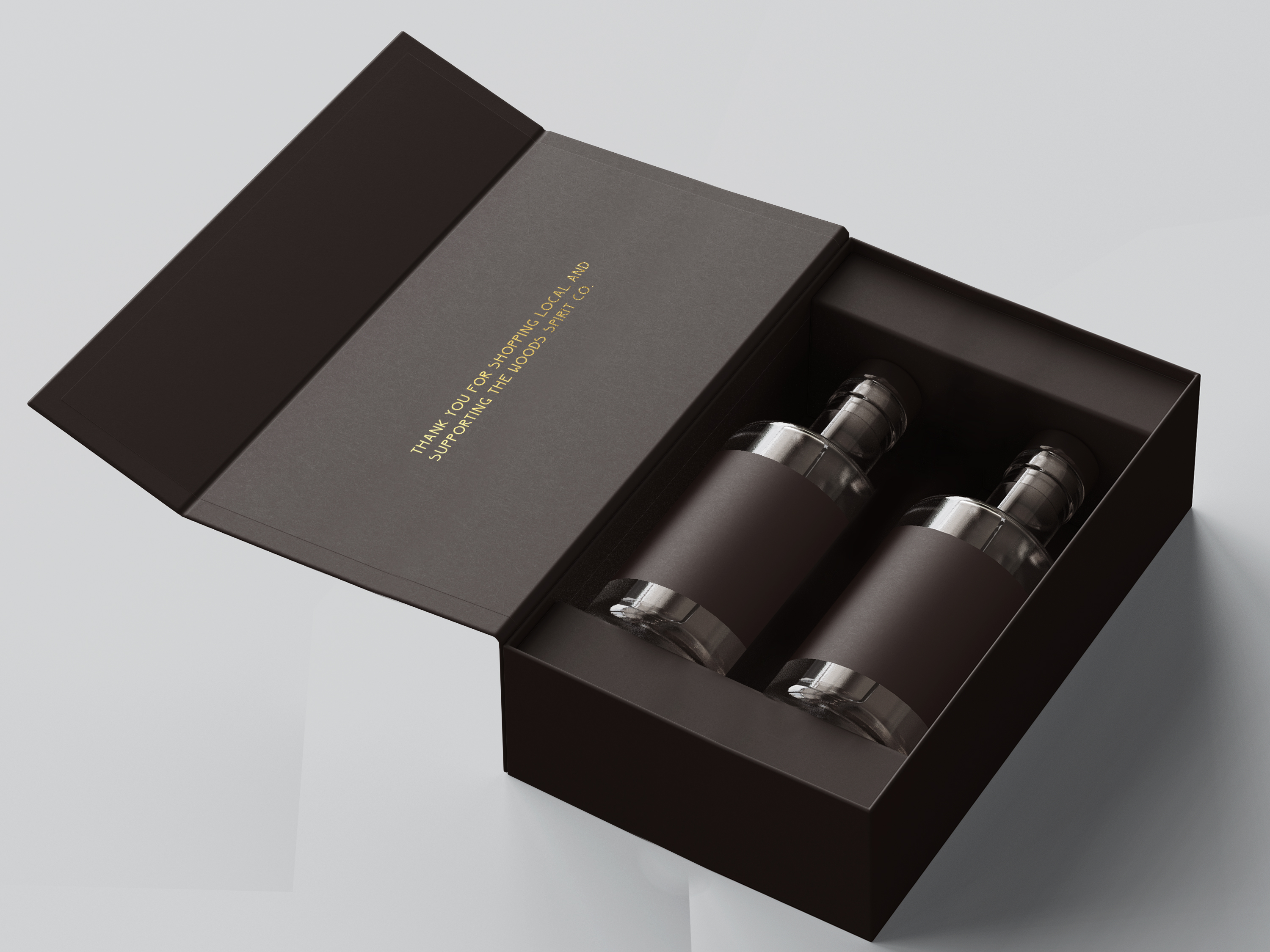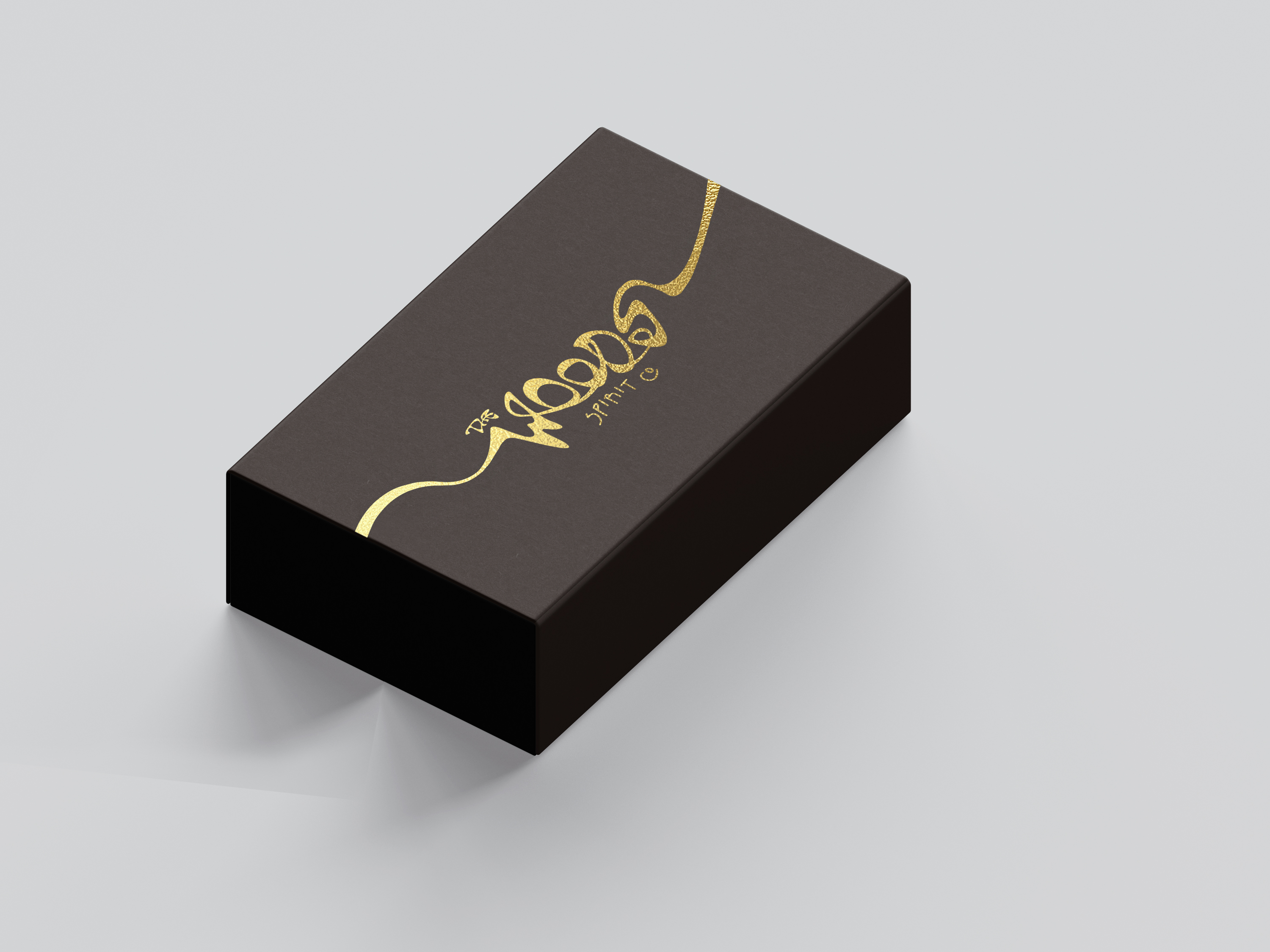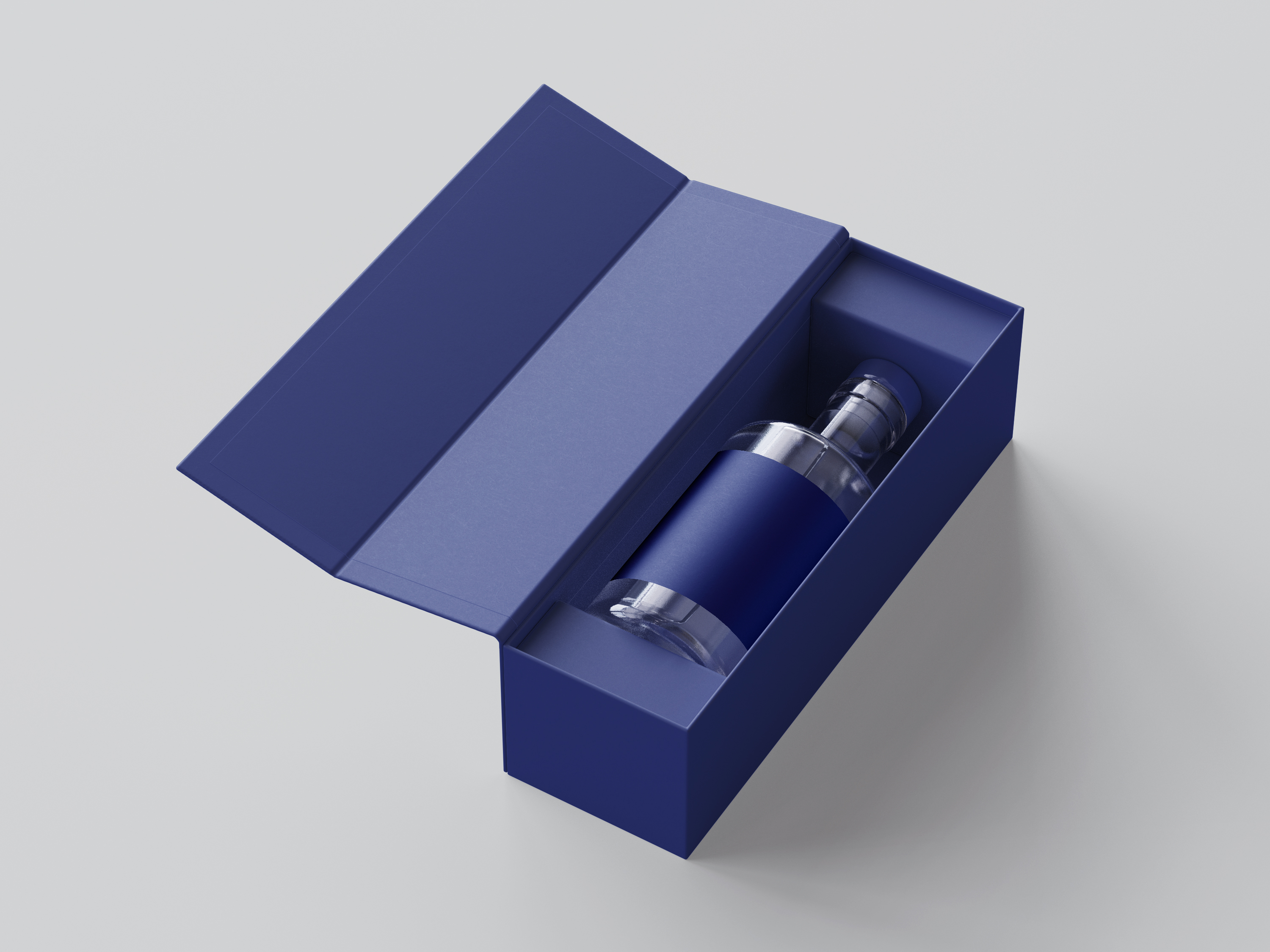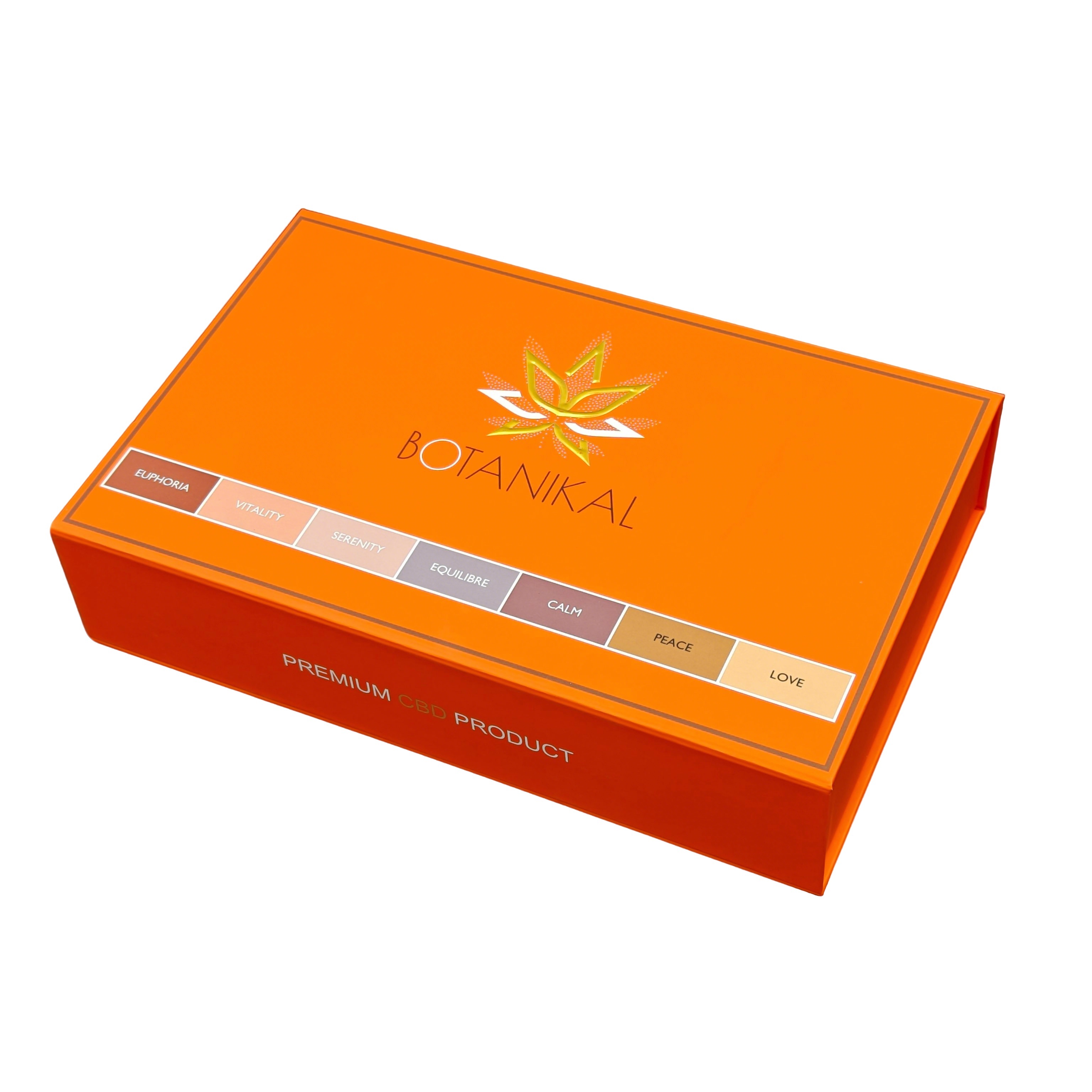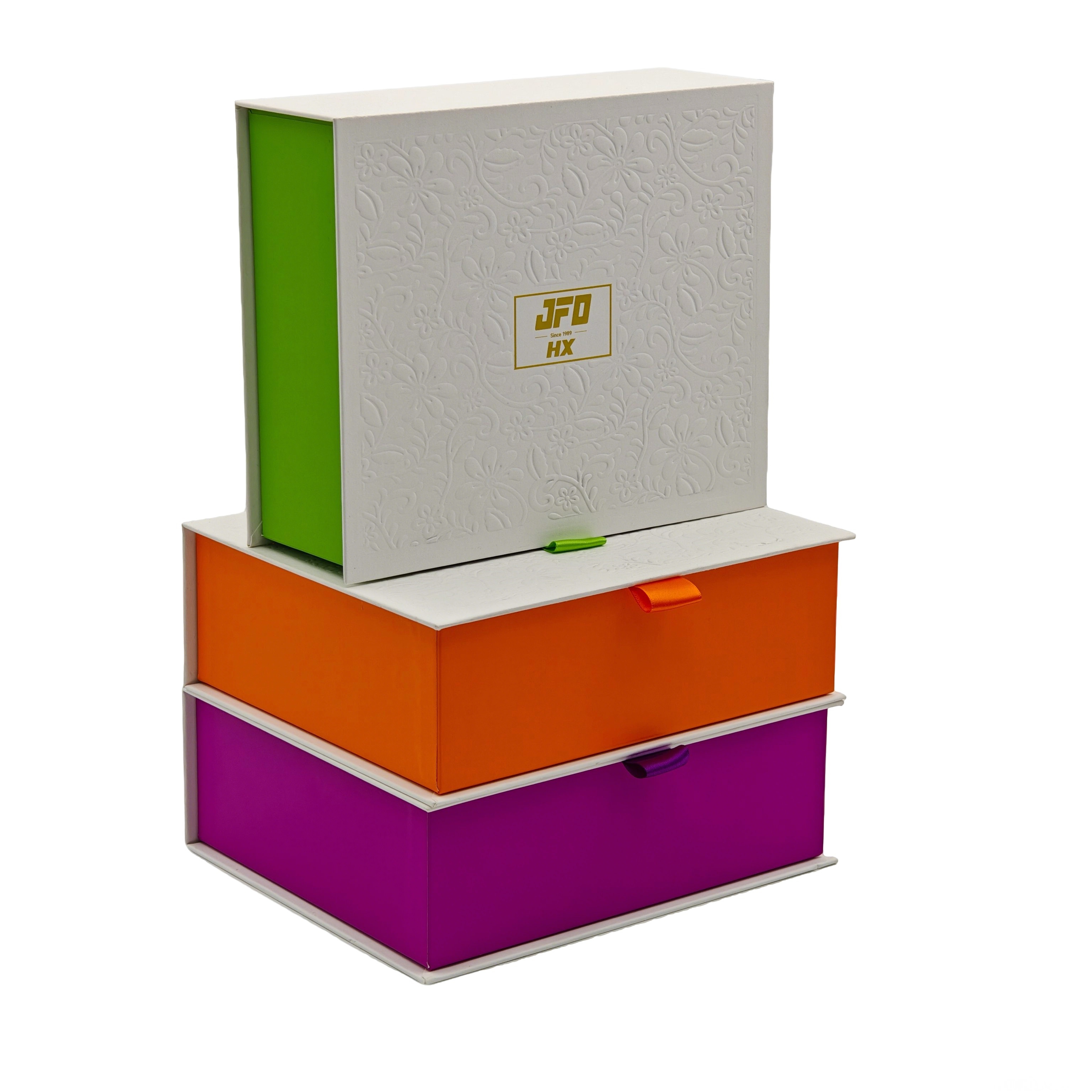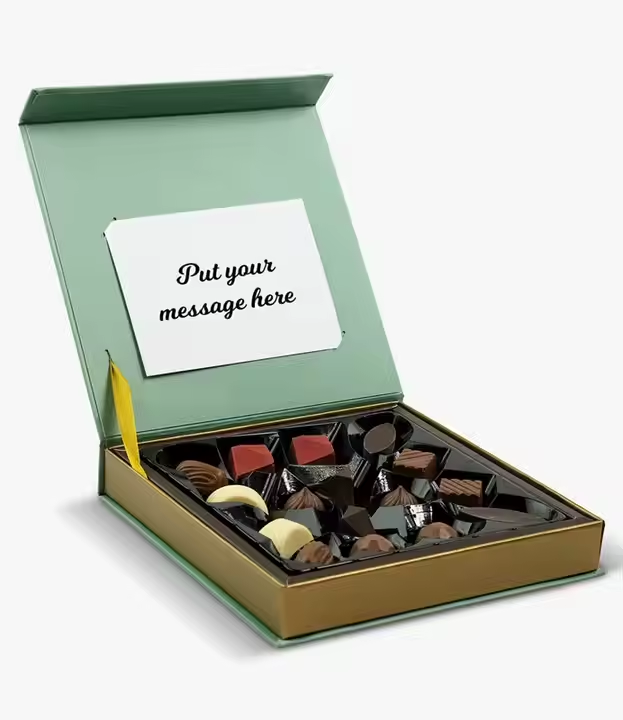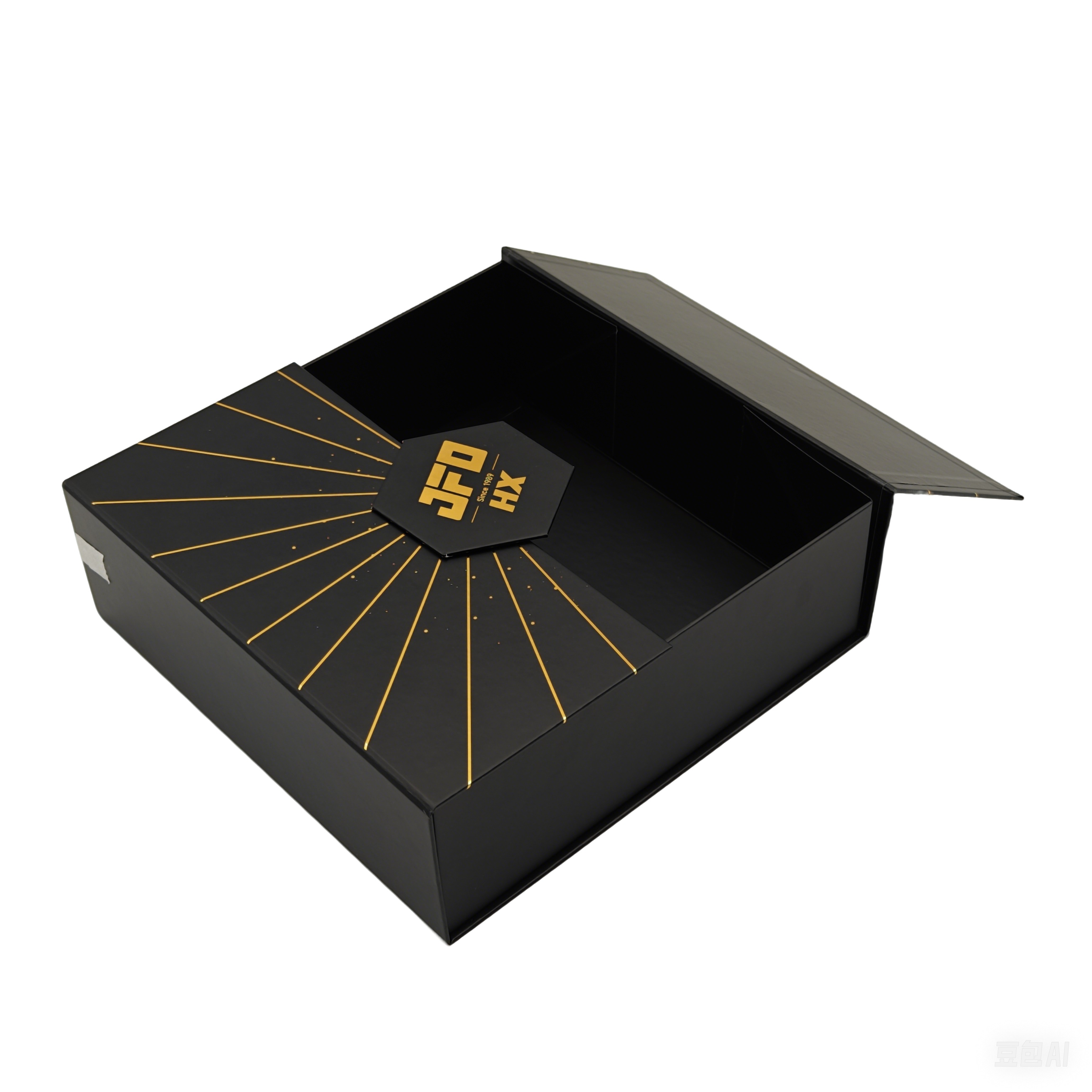Custom Printed Wine Boxes
Paper Type: Kraft paper, Ivory paper , Art Paper, CCMB, CCNB and so on
Logo Treatment: Gold Foil/Stamping, Spot UV, Embossing, Debossing etc.
Functional design: Add foam or EVA lining, compartments, handles, window design, etc.
Structural Features: Compression Resistance, Waterproof, Recyclable, Eco-Friendly
Shape and Size: Custom
Advantage: OEM& ODM
Sample time: 3-5 days
Lead time: About 10-15 days (Depends on quantity)
— Design elements of custom-printed cardboard wine boxes
Custom-printed cardboard wine boxes are an integral part of wine packaging. They protect wine bottles and convey brand value through exquisite design and printing. A successful wine box design requires careful consideration of multiple factors to ensure its functionality, aesthetics, and brand consistency. The following are the main design elements of custom-printed cardboard wine boxes:
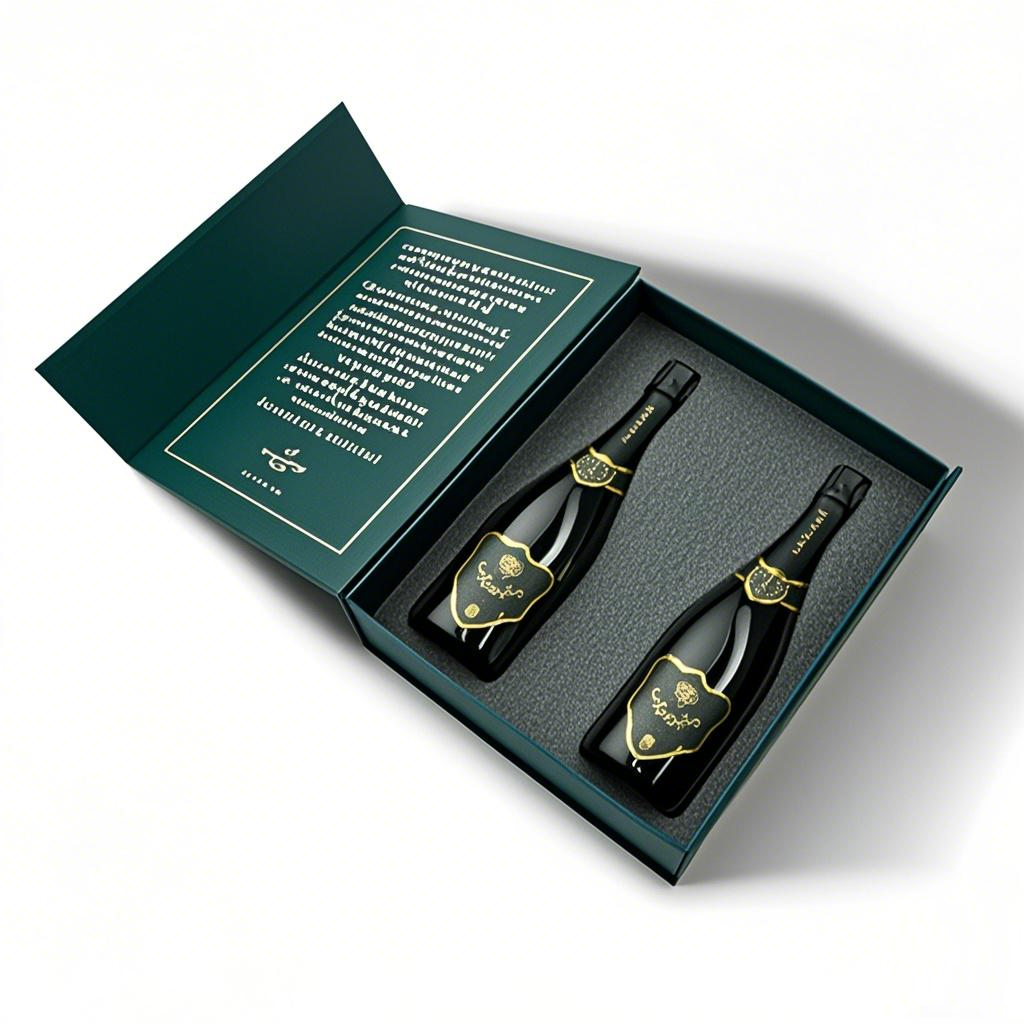
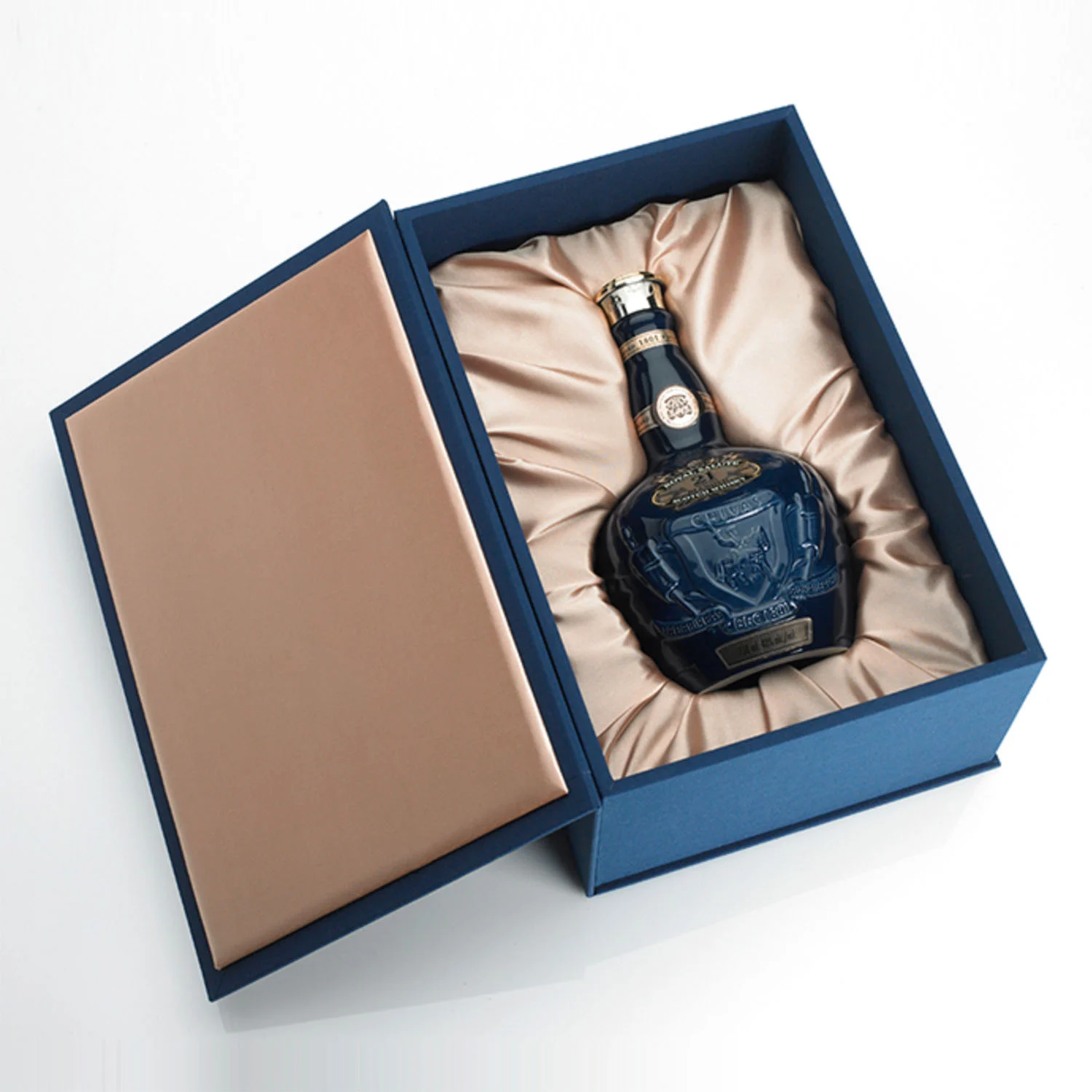
1. Size and Structure
Elements: Our designers will design the length, width, and height of the wine box according to the size and shape of your wine bottle to ensure a perfect fit.
Importance: The right size can reduce shaking during transportation and avoid damage to the wine bottle.
Design suggestions:
Reserve appropriate buffer space, but avoid excessive waste of materials.
Consider the height, diameter, and shape of the wine bottle (such as round, square, or special-shaped bottles).
2. Material Selection
Elements: cardboard thickness (such as 250GSM or 300GSM) or corrugated paper type (such as E-wafer, B-wafer, C-wafer).
Importance: Different materials provide different compressive strength and buffering properties, suitable for wine bottles of different weights.
Design suggestions:
Lightweight wine bottles should use E tiles or B tiles, and heavyweight wine bottles should use C tiles or BC tiles.
High-end wine boxes can use high-end cardboard or art paper.
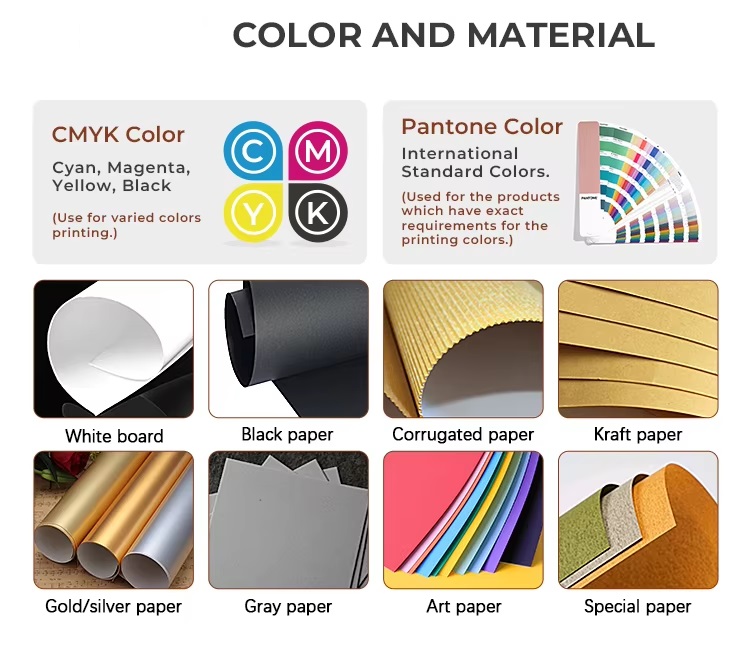
3. Printing and Aappearance Design
Elements: visual elements such as brand logo, pattern, text, color, etc.
Importance: It attracts consumers' attention, enhances brand recognition, and enhances the unboxing experience.
Design suggestions:
Use high-definition printing technology (such as CMYK or Pantone spot colors) to ensure that the pattern and text are clear and bright.
Combined with the brand tone of the wine, choose an elegant, luxurious, or simple design style.

4. Surface Treatment
Elements: coating (matte, glossy, UV), embossing, hot stamping, etc.
Importance: Enhance the durability and visual effect of the wine box and enhance the brand image.
Design suggestions:
High-end wine boxes can choose hot stamping or UV coating to highlight the sense of luxury.
Environmentally friendly wine boxes can choose matte coating to convey natural texture.
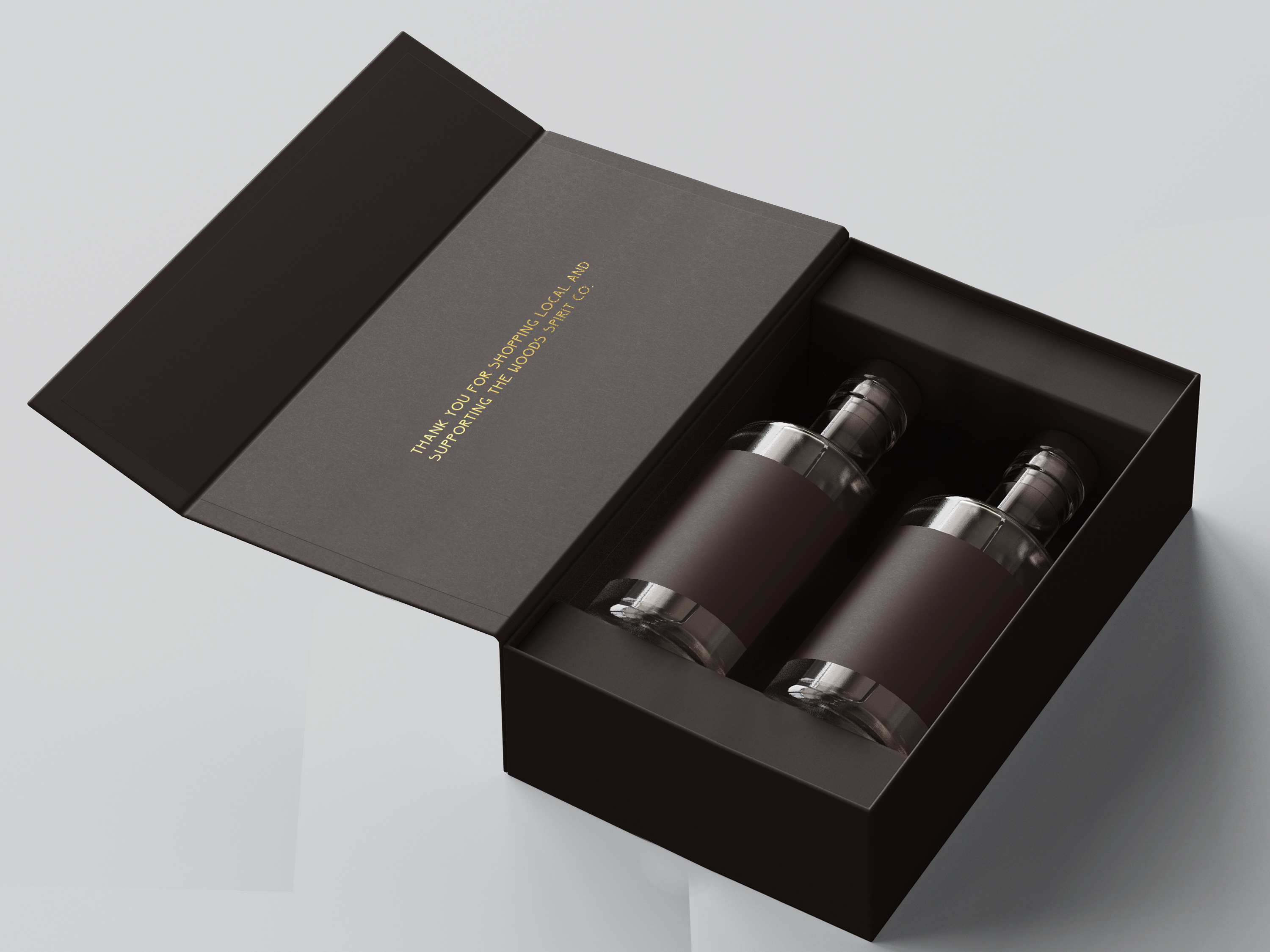
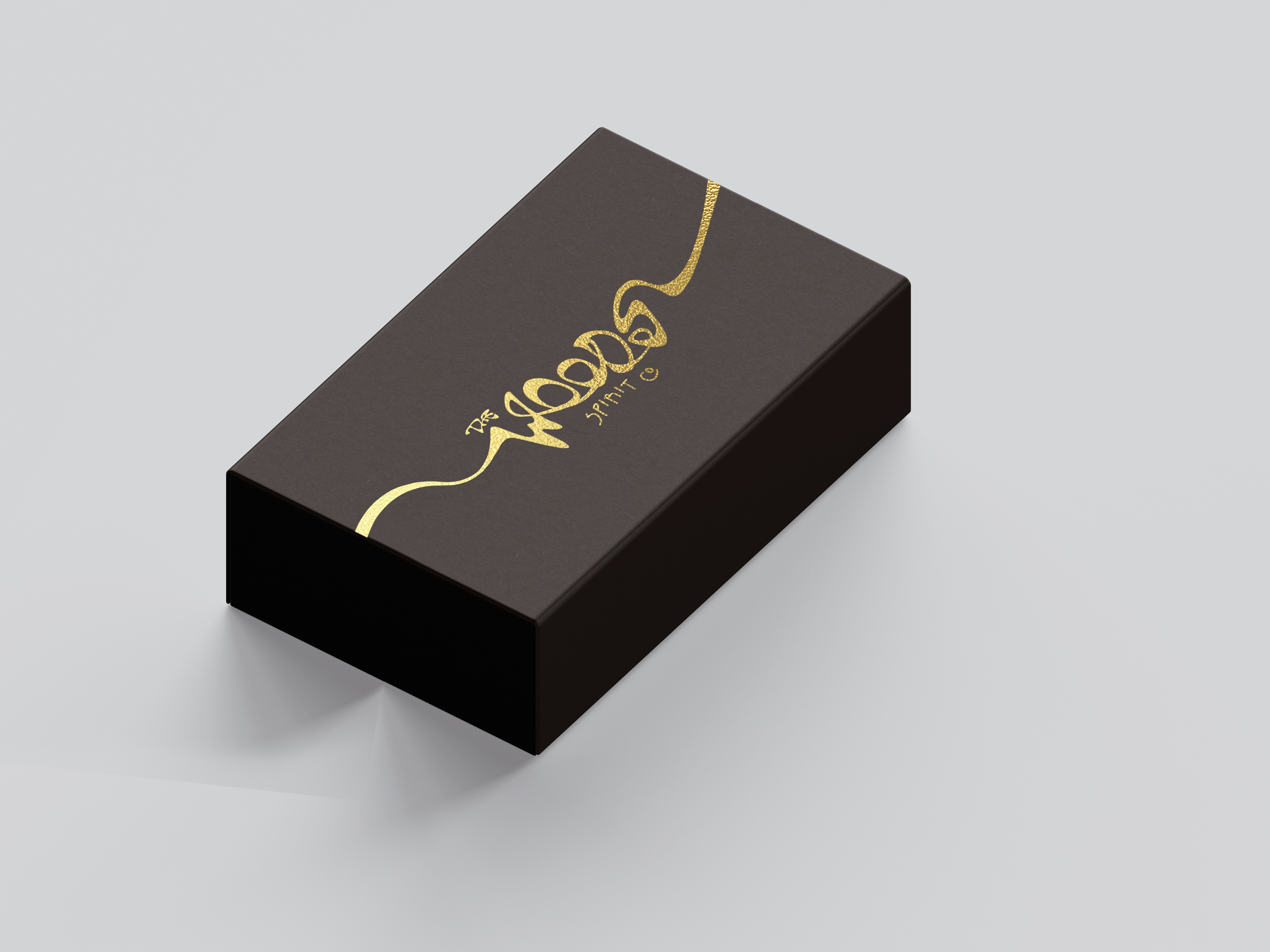
5. Functional Design
Elements: lining, compartments, handles, window design, etc.
Importance: Improve the practicality and user experience of the wine box.
Design suggestions:
Add foam or EVA lining to protect the wine bottle from collision.
Design handles or windows to facilitate carrying and displaying the wine bottle.
6. Environmental Protection
Elements: recyclable materials, degradable materials, FSC-certified cardboard, etc.
Importance: In line with environmental protection trends, attract consumers who focus on sustainable development.
Design suggestions:
Give priority to environmentally friendly materials and mark the recyclable logo on the wine box.
Use environmentally friendly ink for printing to reduce the use of chemicals.
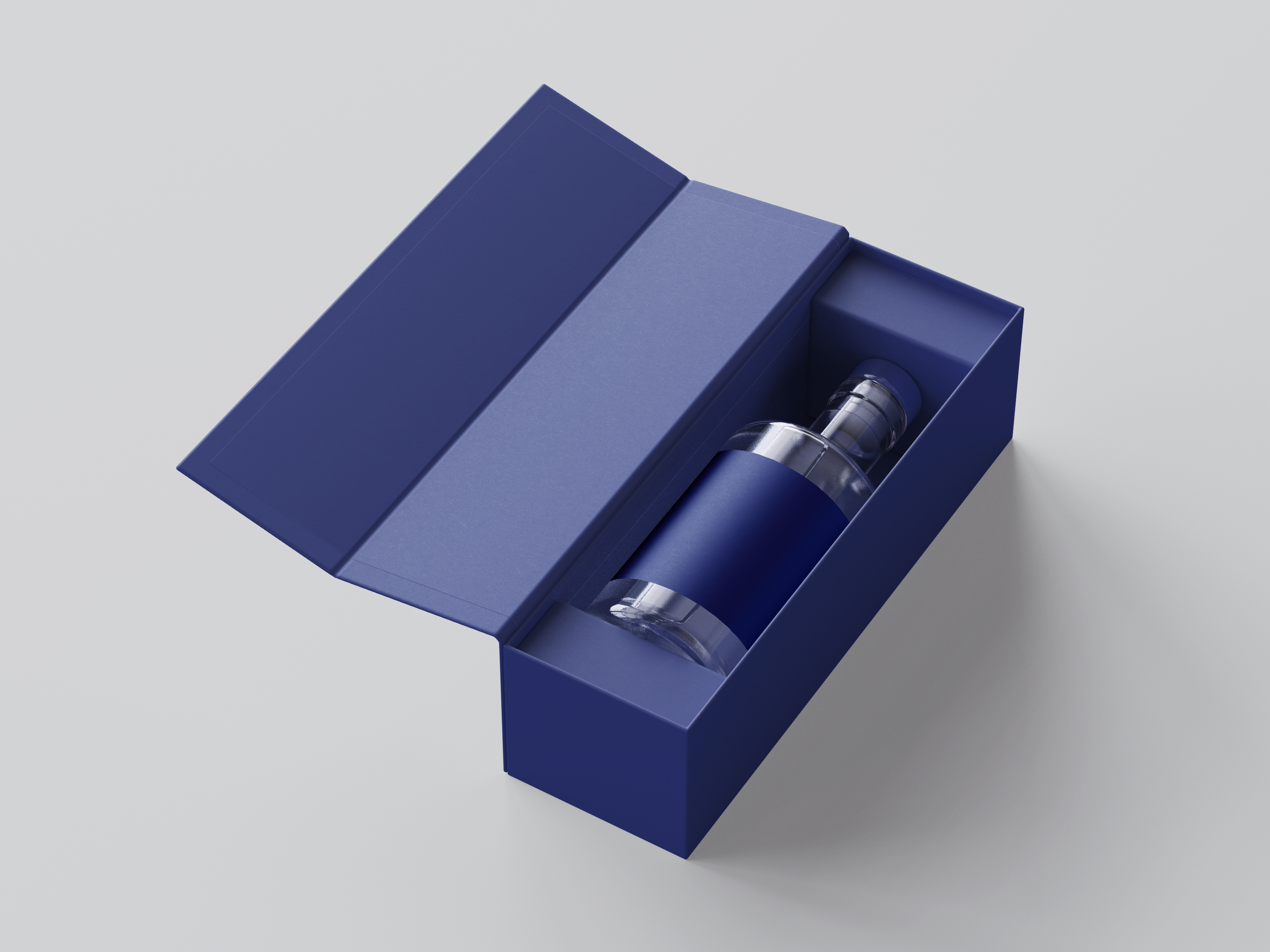

7. Unboxing Experience
Elements: unboxing method, lining design, additional elements (such as thank-you cards, brand stories).
Importance: Enhance customer satisfaction and improve brand loyalty.
Design suggestions:
Design a unique unboxing experience, such as a magnetic box lid or ribbon closure.
Add a brand story or wine-tasting guide to the wine box to enhance interactivity.
8. Logistics Adaptability
Elements: stacking performance, compressive strength, waterproof performance, etc.
Importance: Ensure that the wine box is not easily deformed or damaged during transportation and storage.
Design suggestions:
Optimize the wine box structure to enhance compression and waterproof performance.
Design a box type suitable for stacking to save storage and transportation space.
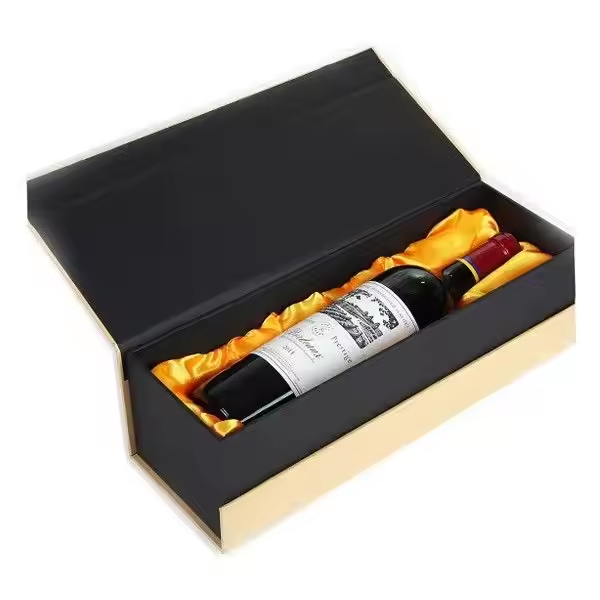

9. Brand consistency
Elements: The packaging design is consistent with the brand image and product characteristics.
Importance: Strengthen brand recognition and enhance consumer trust in the brand.
Design suggestions:
Incorporate brand colors, logos, and core elements into the wine box design.
Ensure that the design is consistent with the style of the wine bottle label and other brand materials.
The design of custom printed cardboard wine boxes requires comprehensive consideration of multiple factors such as size, material, printing, functionality, and environmental protection. By optimizing the design and production process, you can create a wine box that is both practical and brand-specific, improving the customer experience and enhancing brand competitiveness.
For more design solutions for custom-printed cardboard wine boxes or to get free samples, please feel free to contact us!


-
 WhatsApp
+86 13616008761
WhatsApp
+86 13616008761 -
 Wechat
+86 13616008761
Wechat
+86 13616008761 -
 Email
Email
-
 Tel
+86-136-1600-8761
Tel
+86-136-1600-8761

